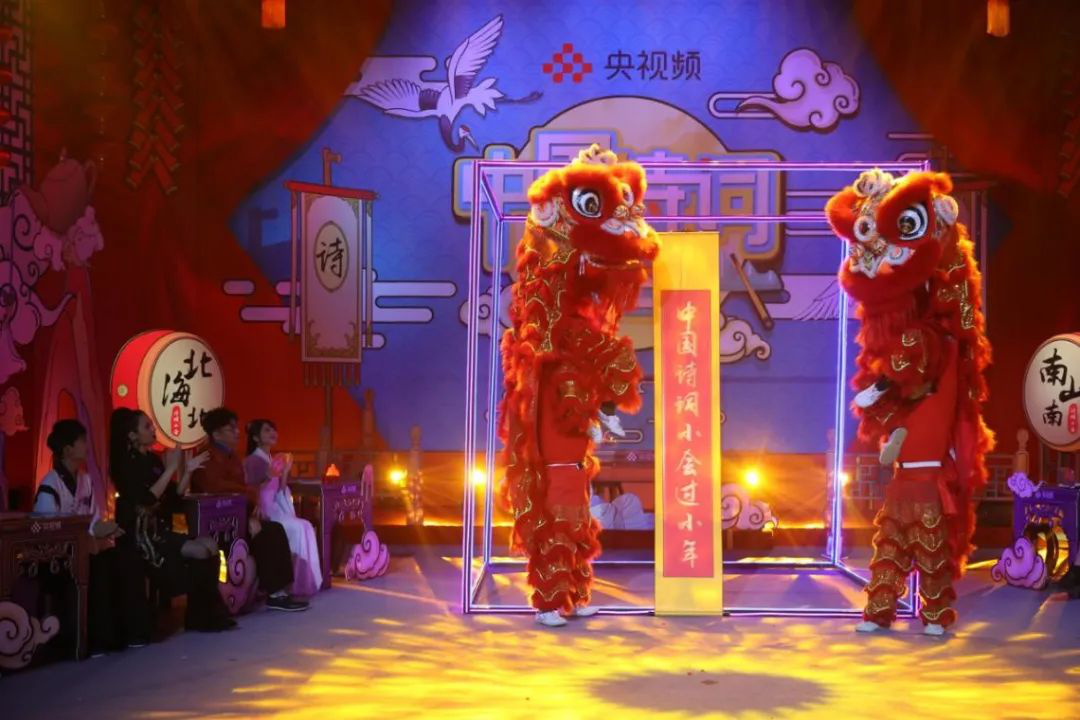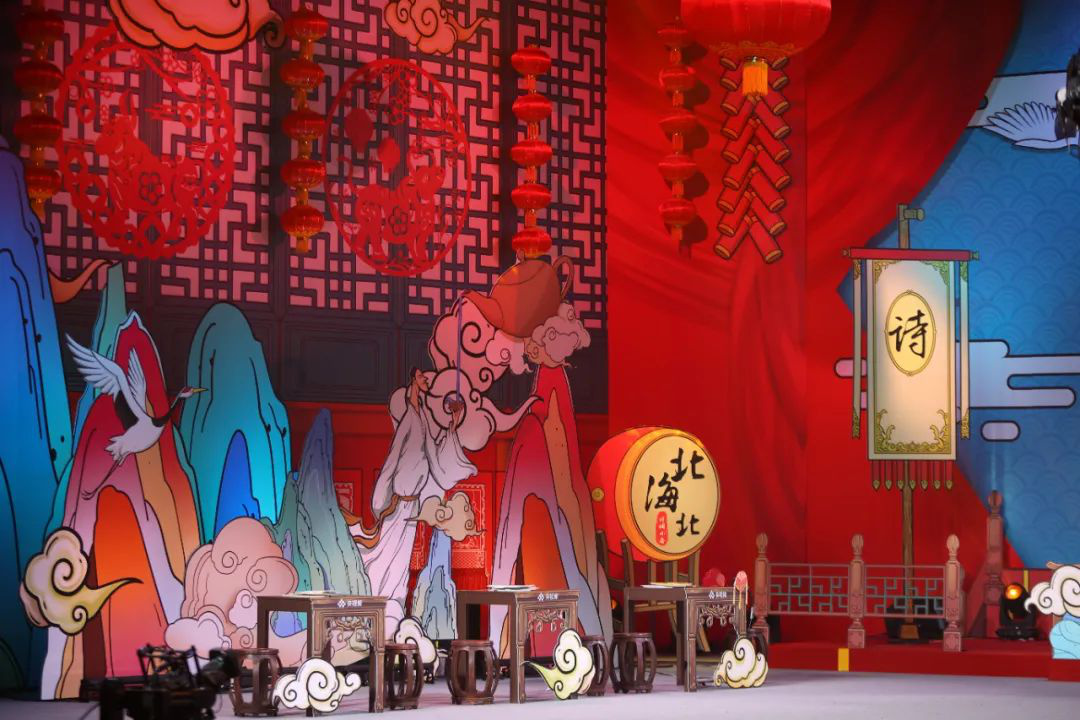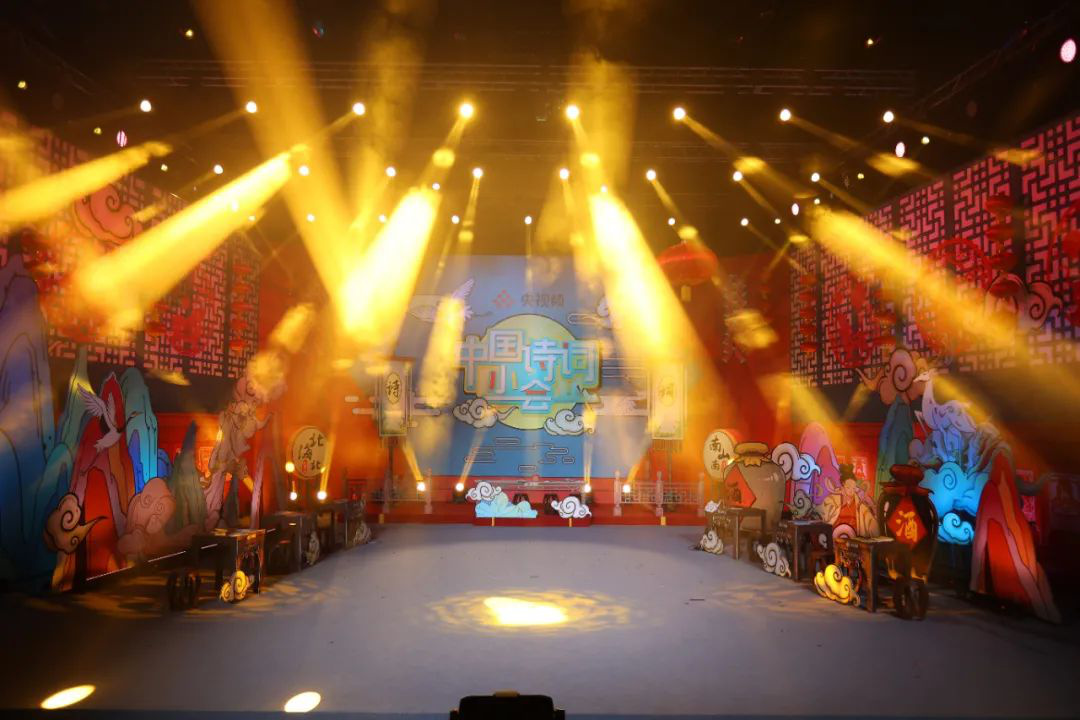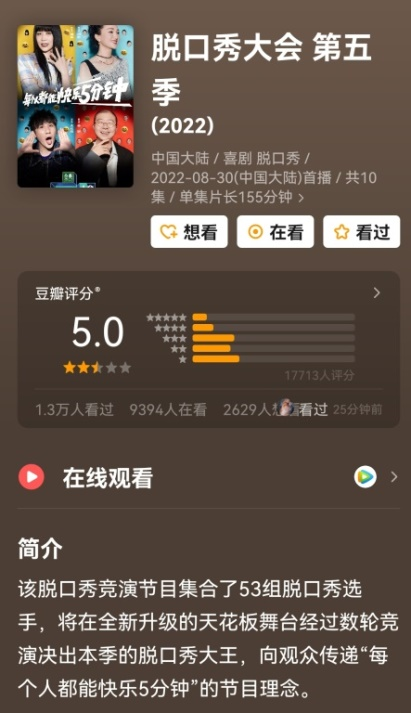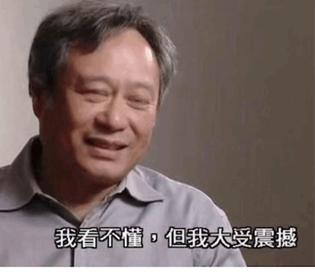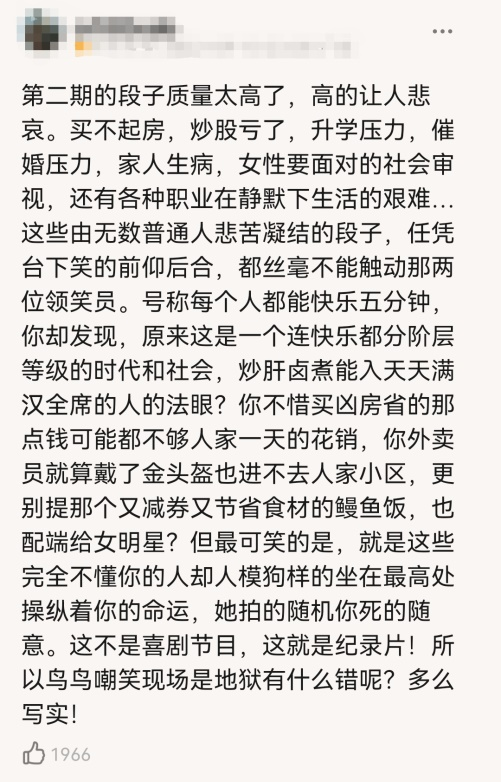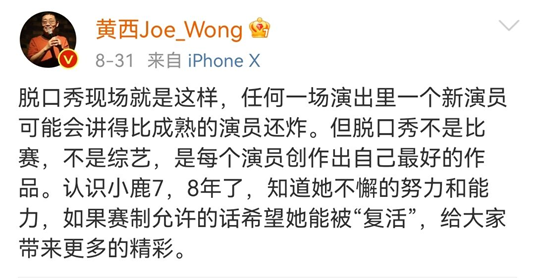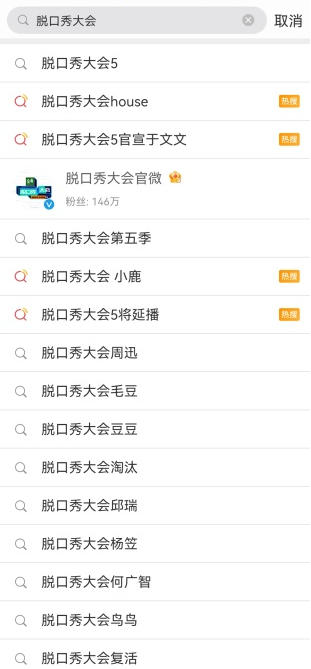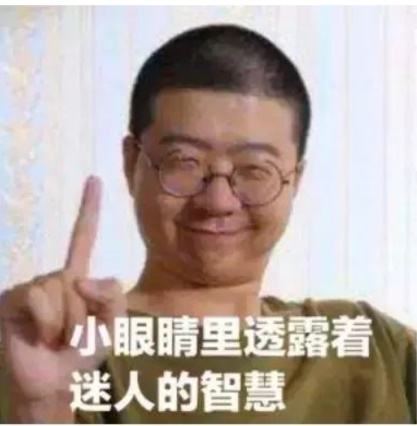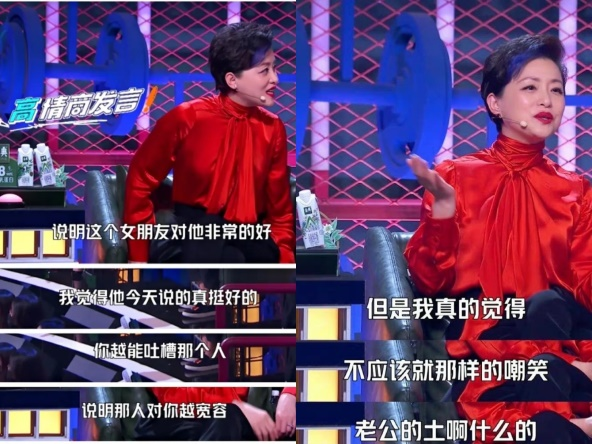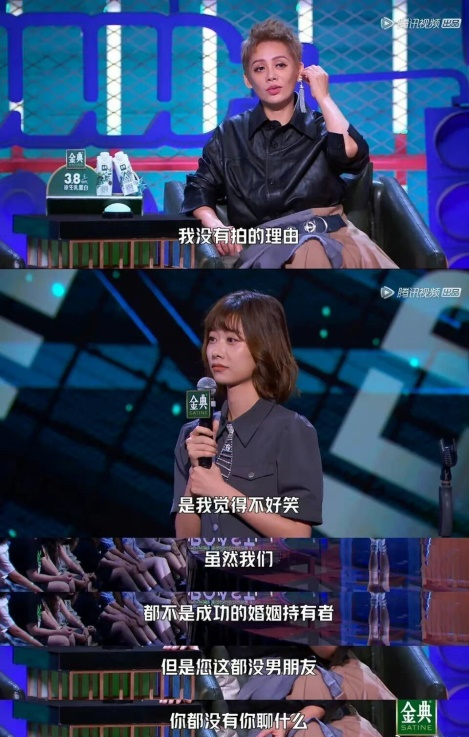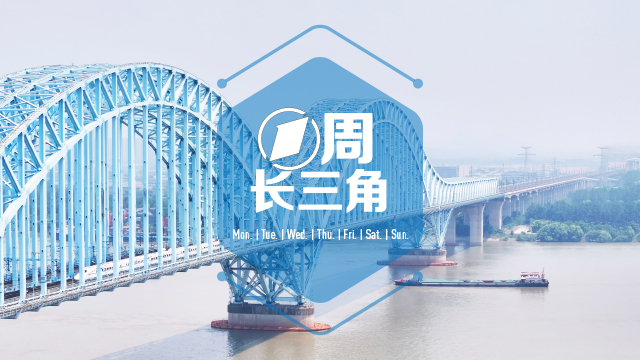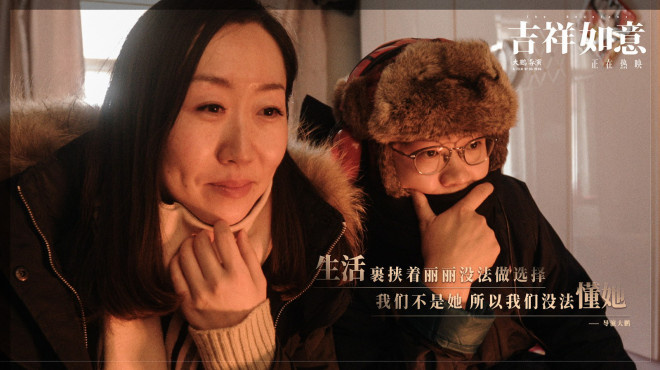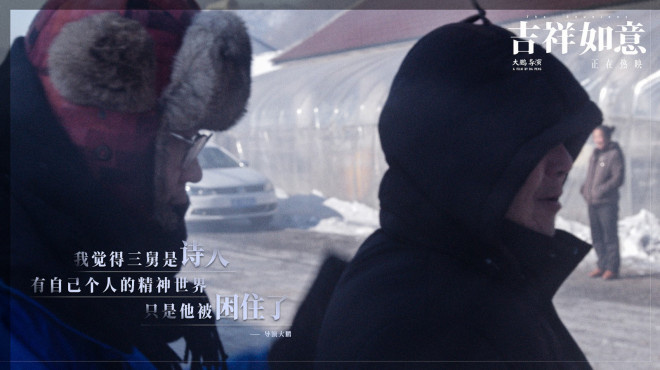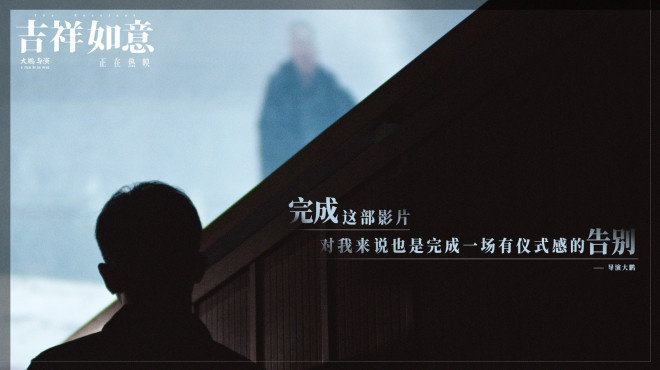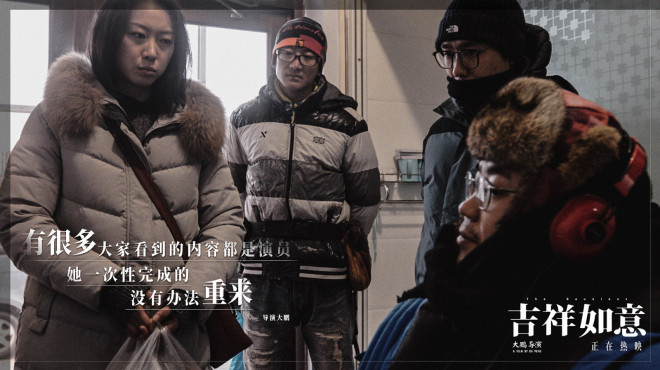Help! For 90 hours in the core area of the epicenter, they used their hands to dig out the passage of life! This scene on the ruins, I cried …
CCTV News:At present, the rescue and relief work for the earthquake of magnitude 6.0 in Yibin, Sichuan Province has entered the fourth day. In Changning and Gongxian, Yibin, various rescue forces, social forces and the people in the disaster areas continued to carry out life-and-death rescue, which not only saved lives, but also helped the survivors through the most difficult days after the disaster.
After the earthquake, the reporter of CCTV Finance’s "Economic Half-hour" rushed to the earthquake-stricken area for the first time and recorded many moving people and events. At this moment, the reporter was in the core area of the epicenter and sent a first-line report on the earthquake-stricken area.
At 22: 55 on June 17, an earthquake of magnitude 6.0 occurred in Changning County, Yibin City, Sichuan Province, with a focal depth of 16 kilometers. Since then, the aftershocks in Yibin have continued.
After the earthquake, the People’s Liberation Army, the Armed Police Force and the Emergency Management Department were ordered to assemble quickly, and rushed to the epicenter in the starry night to carry out rescue and relief work.
Braving the aftershocks, the rescuers drilled into the gap of 40 cm floor 15 or 16 times, just for a fresh life!
Half an hour after the earthquake, the Sichuan Provincial Fire and Rescue Corps started the secondary response mechanism, and the Yibin Fire and Rescue Detachment sent 13 fire engines and 63 firefighters to the epicenter for rescue.
At 23: 30 on June 17th, the first rescue team, Changning County Fire Rescue Brigade, arrived at the scene. Almost at the same time, the Luzhou Fire Rescue Detachment, which is closest to Yibin, urgently assembled 9 cars and 52 people and began to go to the earthquake site.
At 2 am on June 18th, Sichuan Provincial Fire and Rescue Corps mobilized 10 detachments from Yibin, Chengdu Zigong and Luzhou, and 116 vehicles and 526 people rushed to the epicenter to carry out rescue.
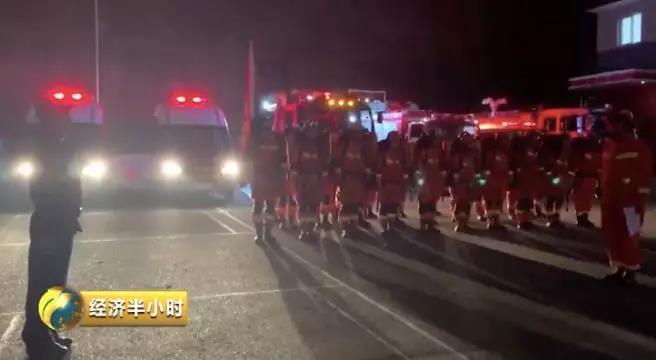
Fire and rescue personnel arrived at the scene.
At about 23: 30 on June 17th, Changning County Fire Rescue Brigade first arrived at Grape Village, Shuanghe Town, near the expressway. The rescue immediately started urgently, and eight team members were assigned to a completely collapsed house for search and rescue.
As can be seen from the aerial picture on June 18th, the first floor of a row of brick houses has completely collapsed due to the earthquake, and was completely covered by the second floor. According to local villagers, there were originally three families here, all of whom were relatives.

Collapsed row brick houses
During the rescue on the evening of 17th, Songjiaba Squadron of Changning County Fire and Rescue Brigade temporarily recruited excavators from the construction site not far away, cleaned up the ruins in the early stage, and finally found a girl trapped between the floors.
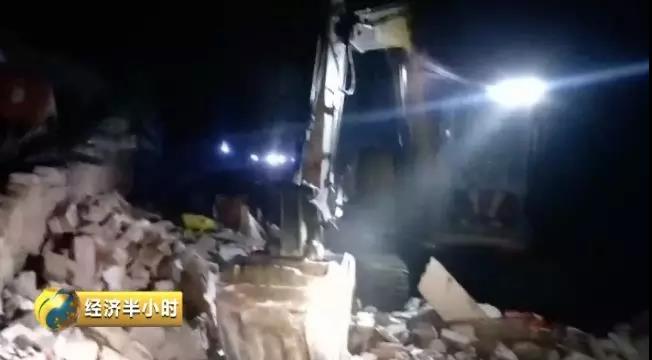
Fire and rescue workers entered the ruins for search and rescue.
While rescuing, the rescuers shouted to stabilize the mood of the trapped people. In the middle operation point, the trapped girl is very inconvenient to work because she is buried by multiple layers of mulch. Firefighter Nie Guangxing can only plane by hand. In this process, at least three aftershocks occurred, and Nie Guangxing always insisted on not coming out. He knew that time was life for the trapped people, and Nie Guangxing chose to save the trapped people first.
At about 40 am on June 18th, Nie Guangxing successfully rescued the girl from the ruins under the relay of the girl’s father, and the firemen carried her out of the ruins.
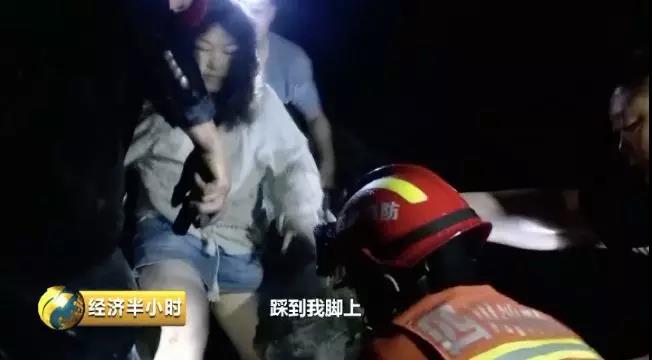
The trapped girl was rescued from the ruins.
The trapped girl was a 15-year-old girl who had just finished the senior high school entrance examination. After being rescued, she was quickly taken to the local hospital in Changning. In the hospital bed, the girl said this.

Rescued person Qin Yuqin
Villagers of Group 8, Putao Village, Shuanghe Town (rescued personnel) Qin Yuqin: "Without them, I might really not be able to persist. I think I might be dead long ago. They are really not afraid of danger. In the case of aftershocks, they risked their lives to save me. I am really grateful to them. "
At 1: 24 am on June 18, another trapped person was successfully rescued.
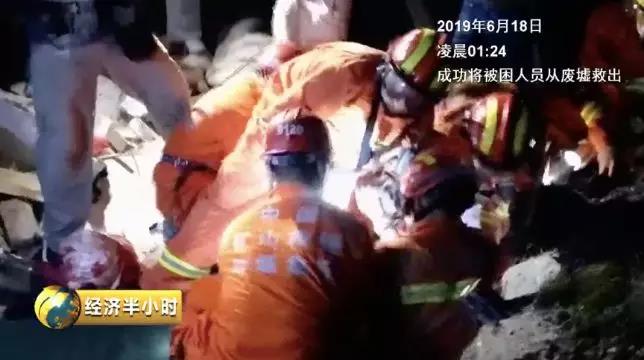
The trapped person was rescued.
The rescue against the clock is still going on. At 00: 42 am on June 18th, Yibin City Fire Rescue Detachment was still carrying out a more difficult rescue operation. In Development East Street, Shuanghe Town, Changning County, the floor of a three-story building was damaged and fell to the second floor. A trapped person was sandwiched between floors with a width of only 30 cm. It is a very difficult thing to save people quickly and safely.
Zhao Guangdong, squadron leader of Yanjiang Road Squadron, fire rescue detachment, Yibin City, Sichuan Province: "The situation is particularly complicated, which is also the most special situation I have encountered in many rescues."
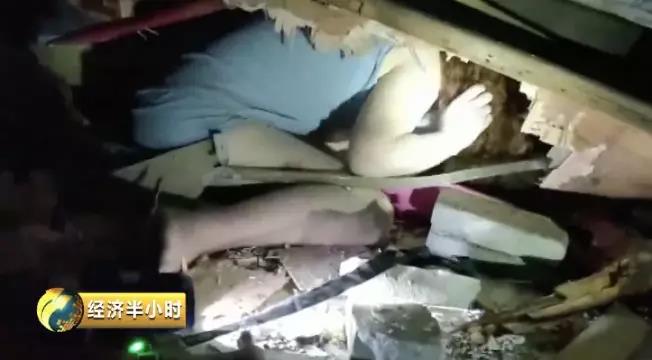
The trapped people were buried in a 30 cm floor sandwich.
Zhao Guangdong quickly organized fire rescue workers to clean up the wood rubble buried in the mezzanine, while preparing to use a jack to expand the 30-cm floor mezzanine by 10 cm. The only feasible solution is to use this 40 cm space to rescue the trapped person.
40 cm is a height that even turning over is difficult to achieve. With a firm belief in saving people, fireman He Jian moved forward bit by bit and finally climbed to the trapped person’s side at about 2 am. At this time, the trapped person had been held down by the floor for more than 2 hours, and the voice of communication with the rescue team members became smaller and smaller.
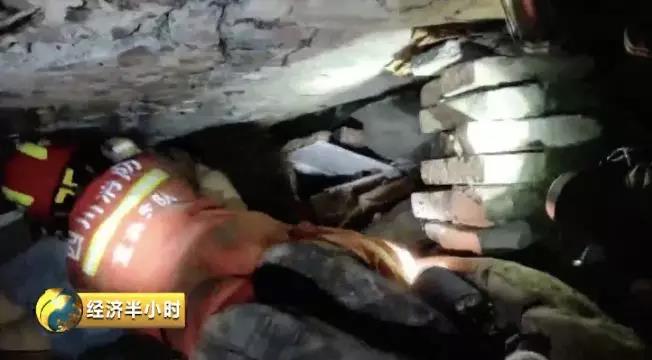
He Jian climbed into the floor sandwich to start rescue.
While rescuing the trapped people, the aftershocks continued. He Jian was pulled out again and again and climbed in again. Finally, after nearly 15 or 16 efforts, the trapped people were finally successfully rescued at 4:19 in the morning and were quickly and safely transferred to Yibin Second People’s Hospital.
Earthquake placement in an orderly way: an open-air cinema with hot rice charging treasure
The rescue team braved hardships and saved lives with wisdom and courage. By 1: 00 noon on June 19th, Sichuan Emergency Fire Rescue Corps had 526 people from 10 detachments, rescued 20 people trapped in 18 rescue points and evacuated 731 people. Also on June 19th, the Ministry of Finance and the Emergency Management Department urgently allocated 100 million yuan from the central natural disaster relief fund to Sichuan Province to support the earthquake relief work of Changning, Sichuan, with a magnitude of 6.0, and to help local governments ensure the basic livelihood of the affected people.
At noon on June 19th, 5,000 tents, 10,000 folding beds and 20,000 quilts that had been urgently dispatched by the Emergency Management Department had been distributed to the affected people. In the resettlement site of Shuanghe Middle School in Changning, Yibin, Sichuan, rows of tents were set up on the playground, and nearly 1,500 affected people were placed here. Near the evening, the officers and men of the Armed Police prepared hot meals and hot dishes, and the affected people lined up in front of the security point.

Shuanghe high school resettlement Dian
In addition to the basic living security, a mobile charging treasure was prepared intimately at the resettlement site. In order to enrich the cultural life of the people in the disaster area, an open-air cinema was also opened here. Although there will be small-scale aftershocks from time to time, life in the whole resettlement site appears orderly.
At 1: 00 am on June 20, due to the weather forecast, it will rain that day to prevent waterlogging at the resettlement site. Firefighters and rescuers all went out again and dug drainage ditches extending in all directions throughout the playground. At this time, in the tent next to them, it was the affected people who fell asleep peacefully. They may not know that in order to let them have a good sleep and a hot meal, there are countless people who are silently dedicated like firefighters and rescuers, sharing their worries and escorting them.

The firemen dug drains.
On the first market day after the earthquake, Fumin Street in Shuanghe Town was full of traffic. If it weren’t for some earthquake relief vehicles passing by from time to time, it’s hard to imagine that a 6.0 earthquake just happened here.
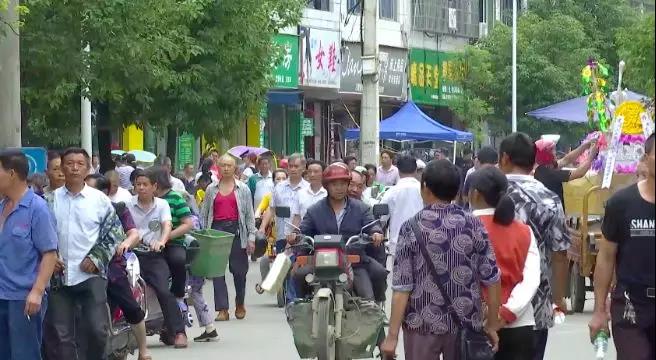
Fumin steet
Going to market is an important day for many towns in Sichuan, although there are still many storefronts facing the street, which are dangerous because of the broken wall and cannot be opened. However, this does not prevent everyone from putting their booths on the street by the roadside. Business needs to be done and life needs to be lived.
Half-hour observation
After the earthquake, the State Council of the CPC Central Committee attached great importance to it, and General Secretary of the Supreme Leader made important instructions, demanding that all efforts be made to organize earthquake relief, giving priority to search and rescue personnel and rescuing the wounded, and minimizing casualties.
June 21st is the 4th day of the "6.17" Yibin Changning earthquake, and the earthquake rescue work in the disaster area is still in full swing. At present, the problem of emergency water supply in disaster areas has been basically solved, and the living security of the affected people has been basically realized, with food, water, clothing, temporary safe shelter and medical treatment.
Living is hope, which is our common belief in the face of catastrophe. We believe that with the cordial care of the CPC Central Committee and the strong efforts of the people in the disaster areas, it will be able to restore its new vitality and vitality as soon as possible.
